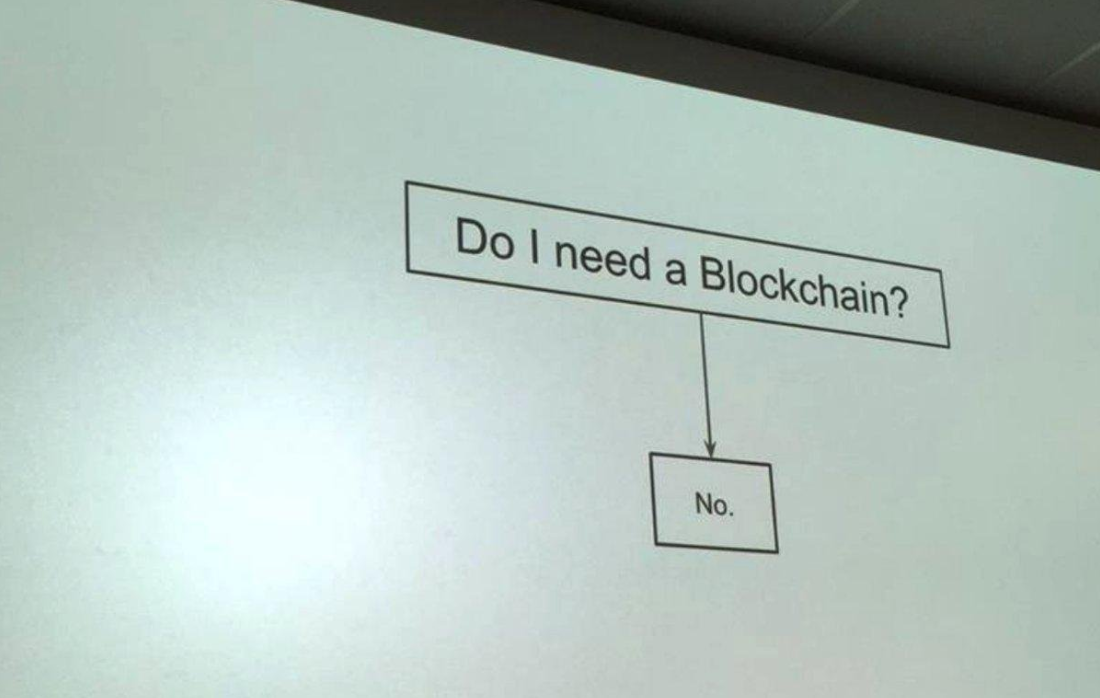
This week Australian pay Tv operator Foxtel announced the launch of its IQ4 box. The key selling feature is that it enables 4K resolution of content like sports, documentaries and concerts. An interesting move considering all those around them are growing not based on ‘resolution’, but different business models. The numbers for subscription TV services are already telling this tale with Netflix already well ahead and growing, while Foxtel declines.
Number of Australian subscribers at August 2018 (and % change vs last year):
- Netflix 9.8m (+30%)
- Foxtel 5.4m (-3%)
- Stan 2.0m (+40%)
- Youtube Premium 1.0m (+40%)
- Fetch 700k (+40%)
- Amazon Prime Video 300k (+90%)
When was the last time ‘high resolution’ was the deciding factor to subscribe to any content platform? I can’t remember anyone ever saying;
‘You know, I’d totally sign up to Amazon Prime or Netflix if I could watch it at 4K’.
At best, resolution is a hygiene factor – hardly a reason to buy or switch when it comes to content. Are our eyes really that special?
What is clear though is that there is now a 2 speed economy when it comes to content. It needs to be either all-you-can-eat for one low price (streaming services) or a la carte (such as Apple tv). The mash-up package model is clearly broken.
The overriding point is simple – all screens are now created equal. People care less about how shiny the content looks and more about availability, simplicity and price. This is why iMax theatres are still niche at best. And sport won’t save Foxtel either, as we can expect these two things to happen:
- Tech firms like Amazon and Facebook to start hoovering up rights to major global sporting properties. FB already has rights to Major League baseball, La Liga Football in Spain and the World Surf League, to name a few.
- Sporting organizations will very soon realise they don’t even need a media partner – they can sell their own advertising and subscriptions directly for more than their broadcast rights deals generate.
While Foxtel have moved a towards streaming, it seems that they still love their historic infrastructure more than the truth of where the market is headed.
When it comes to business strategy in any realm, it pays to be agnostic about the tools and to remember what our audience are really buying.





